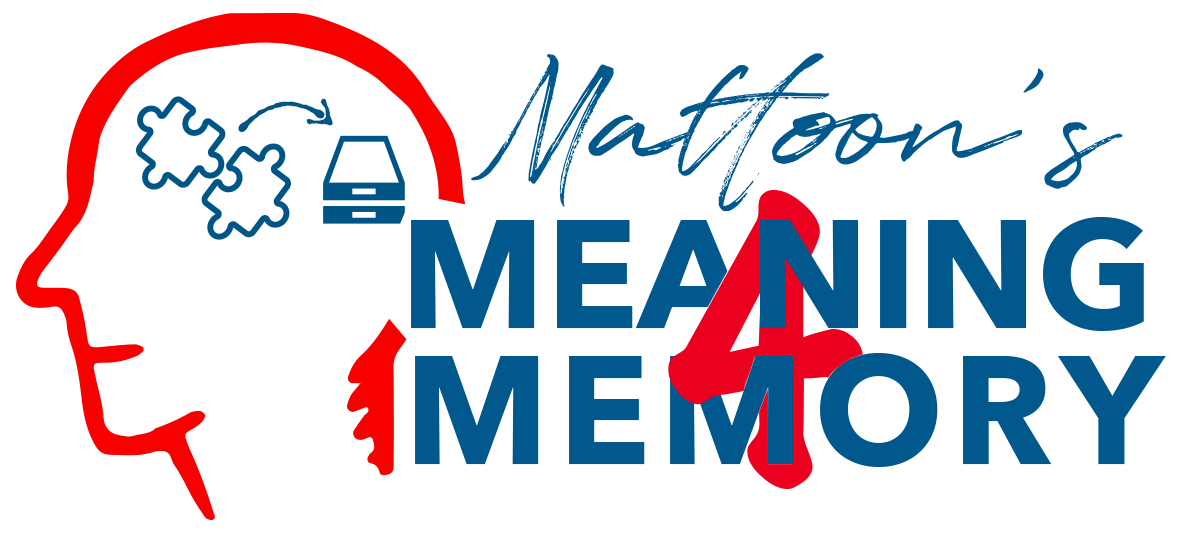I often have asked myself, and I am often asked in some way shape or form, “How do I teach all these students with such different skill levels or varying amounts of prior knowledge?”
Answers to the question that I have said and done myself, heard, or seen others do include:
- I feel like I am holding my high students back while I go back and reteach my lower students.
- Those (low) students need to ______ (fill in the blank: try harder, do their homework, get help, have better parental support, come to tutorial, go to Khan Academy…) while I teach my content to the others.
- I feel like I am leaving this group of students behind. (Some have even put some alarming percentages to it.)
- We need to put “those” (low) kids in another class.
- Rephrased, we need to put “these” (higher) kids in another class.
- Yet again, if they were grouped by level, then I could help them more.
I will add:
- The students who “get it” seem to not be able to apply what they know to slightly different problems.
- These students knew it back then, why don’t they remember it now?
Has anyone else experienced these frustrations or is it just me thinking, saying, hearing and seeing it?
I will not argue any of those positions here; you can buy me a root beer, and we can discuss them at length 😉 I will and have offered what I have come to believe is one solution or at least a first step in the solution. Our math training this year here in Hemet has focused on it as well:

Specifically, one answer lies in the somewhat overused term “low floor, high ceiling” tasks to focus learning on a mathematics goal or goals. I say goals as it leads to one paradigm shift of cohesion, teaching multiple standards and highlighting the connections between them; that is enough by itself for a future blog post for sure.
By implementing tasks, small or large, around a mathematics goal to focus learning (two of the effective math teaching practices). You actually usually end up touching on the other 6 effective math teaching practices.

I encourage you to step out in two areas: trying tasks routinely to build student capacity as well as your own (whatever routinely realistically means to you) and using the Five Practices for Orchestrating a Productive Math Discussion to debrief them. The first accomplishes the first two Effective Math Teaching Practices, and the latter can lead to other six as we develop the craft. It is a paradigm shift for us and our students for sure as most of us were not taught that way in the world we grew up in. I would add not only is it a different world now, but the former methods had mixed results at best anyway (at least for me personally).
To help you in your journey, whether it is your first step or “n-th” step, here is a blog post on the subject with a variety of great resources (I added a Notice & Wonder link). Some will look familiar, and some might be new. I invite you to explore them individually, as a grade level, and/or in your site teams. Let me know if you have questions or if I might be able to support you in anyway.
So this was a blog post to introduce a blog post from Achieve the Core’s Morgan Stipe.
Happy teaching and learning,
Dave

